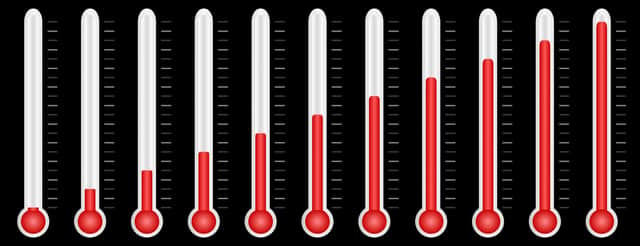FARMING: How climate change is affecting parasites


Climate change will have the biggest effect on parasites with free-living stages (for example gut worm larvae) which are highly sensitive to changes in temperature and humidity, making it harder to predict future patterns and unable to know how well parasites will adapt; and how significant the effect of anthelmintic resistance will be.
There are however some trends that are already starting to appear:
Advertisement
Hide AdAdvertisement
Hide AdGut worms and liver fluke. This is a varied group of parasites and each species has different preferences for environmental temperature
and humidity. Overall, the free-living stages of gut worms will develop faster in warmer weather.
Nematodirus is usually a spring problem, with eggs hatching once the temperature reaches 10°C but is below 17°C. However as spring temperatures rise quicker, some eggs do not have time to hatch and instead wait until the cooler autumn months. In the future we may see a reduced (but still present!) risk in spring and more autumn disease.
Trichostrongyle gut worms are usually most problematic from mid-Summer onwards but as our climate changes their season may become prolonged.
Advertisement
Hide AdAdvertisement
Hide AdPredicting what will happen to liver fluke is even more challenging as this parasite depends on a snail as an intermediate host for its development. Whilst the infective stages of liver fluke develop faster with increased temperature, we do not know what climate change will do to snail populations – though reproduction is generally considered to occur above 10degrees.
In combination with increasing resistance profiles to triclabendazole (the only drug which has efficacy against the immature stages of fluke) testing prior to treatments is more important than ever.
Blowflies are a perpetual challenge. Higher temperatures and rainfall will likely result in a prolonged blowfly season and a higher total incidence of flystrike and extended protection may need to be considered. We need
to consider this with our choice of product. On a positive note, temperatures in the UK are unlikely to rise to the level where we would see continued blowfly presence throughout the winter and a drier period in the
Advertisement
Hide AdAdvertisement
Hide Admiddle of summer could even reduce risk of blowfly strike at that time.
As our climate changes our management practices will also have to adapt and change to meet the challenges presented.
For help and advice with any of your questions contact your local practice for a free chat about how best to manage parasites on your holding.